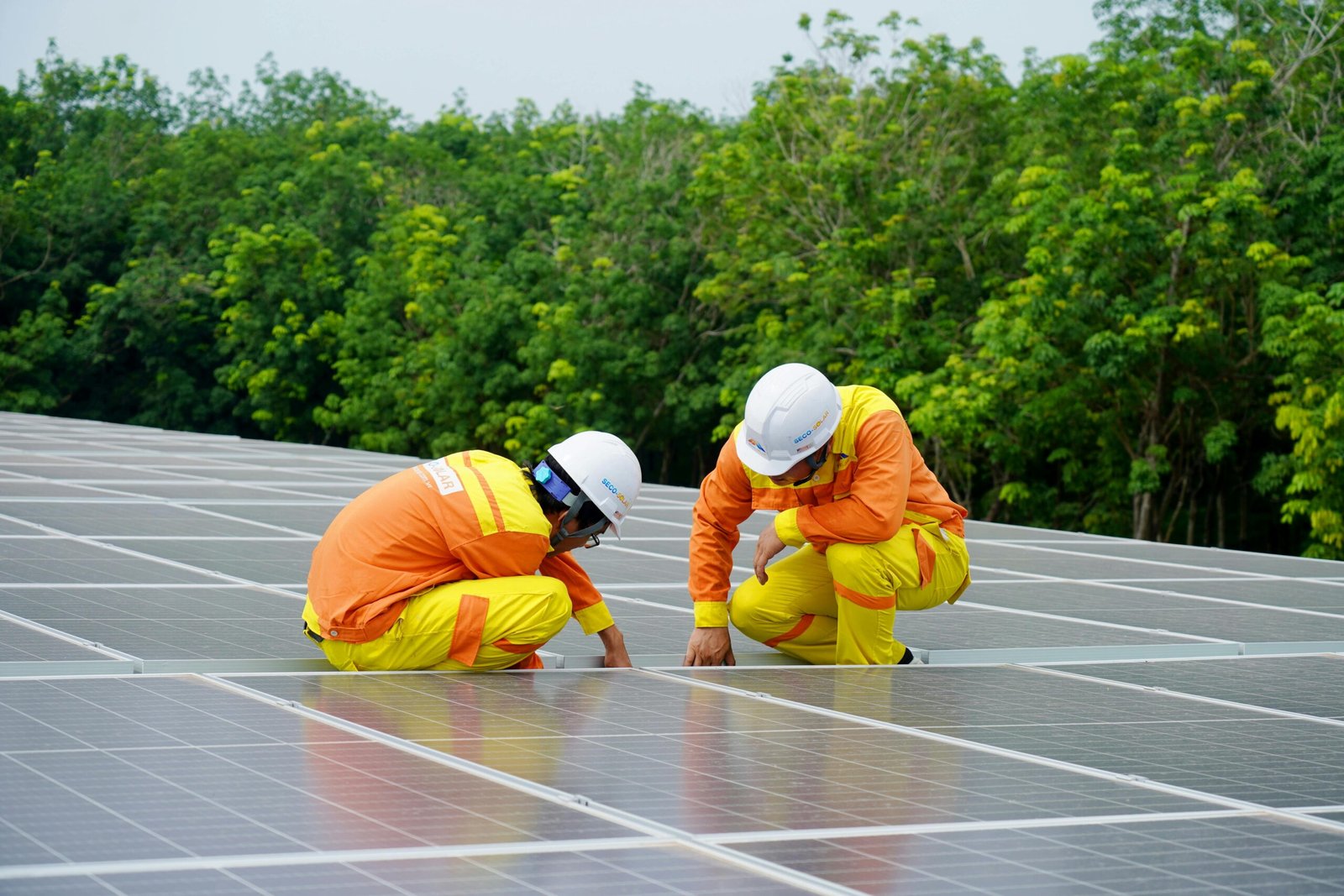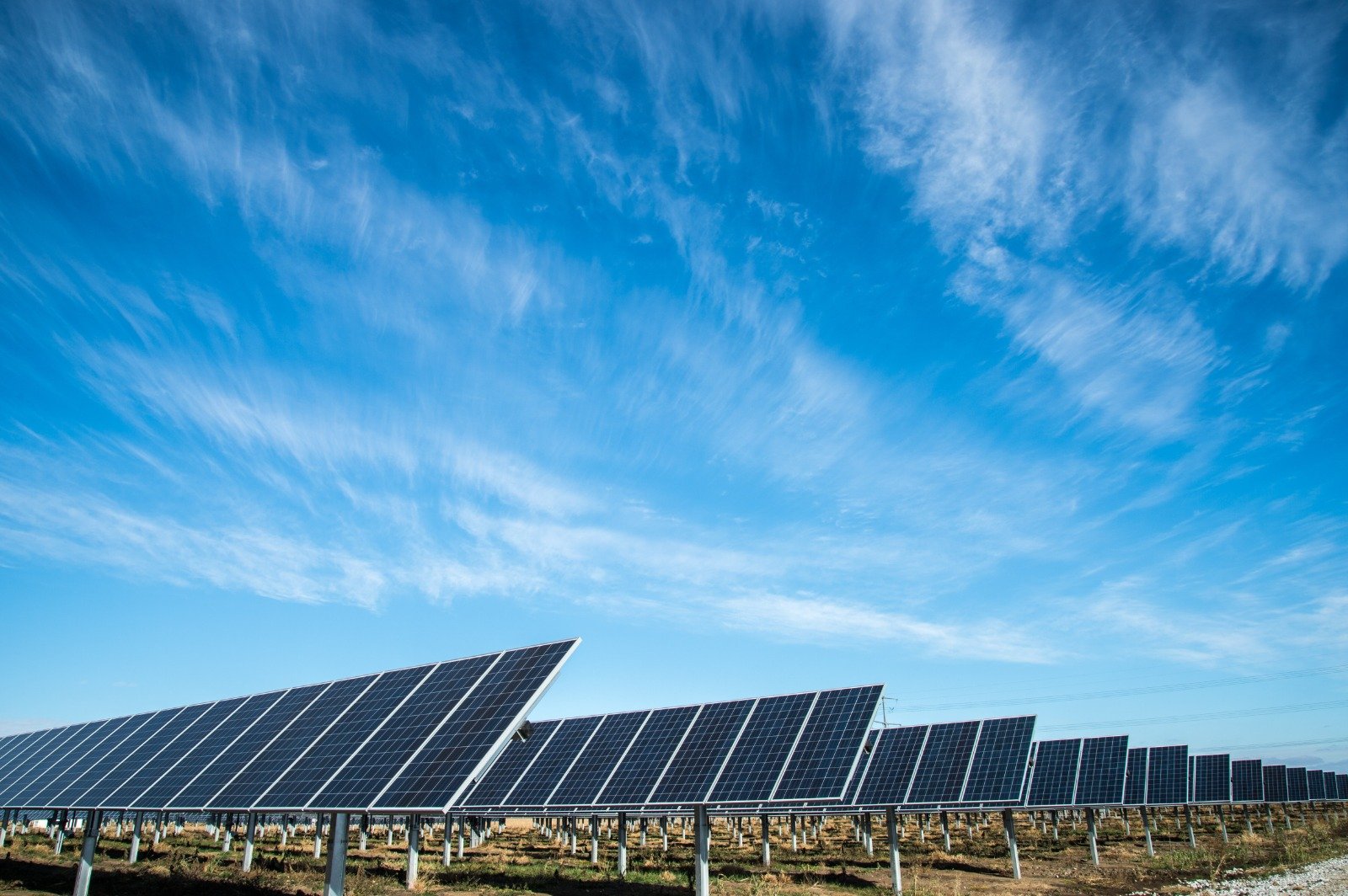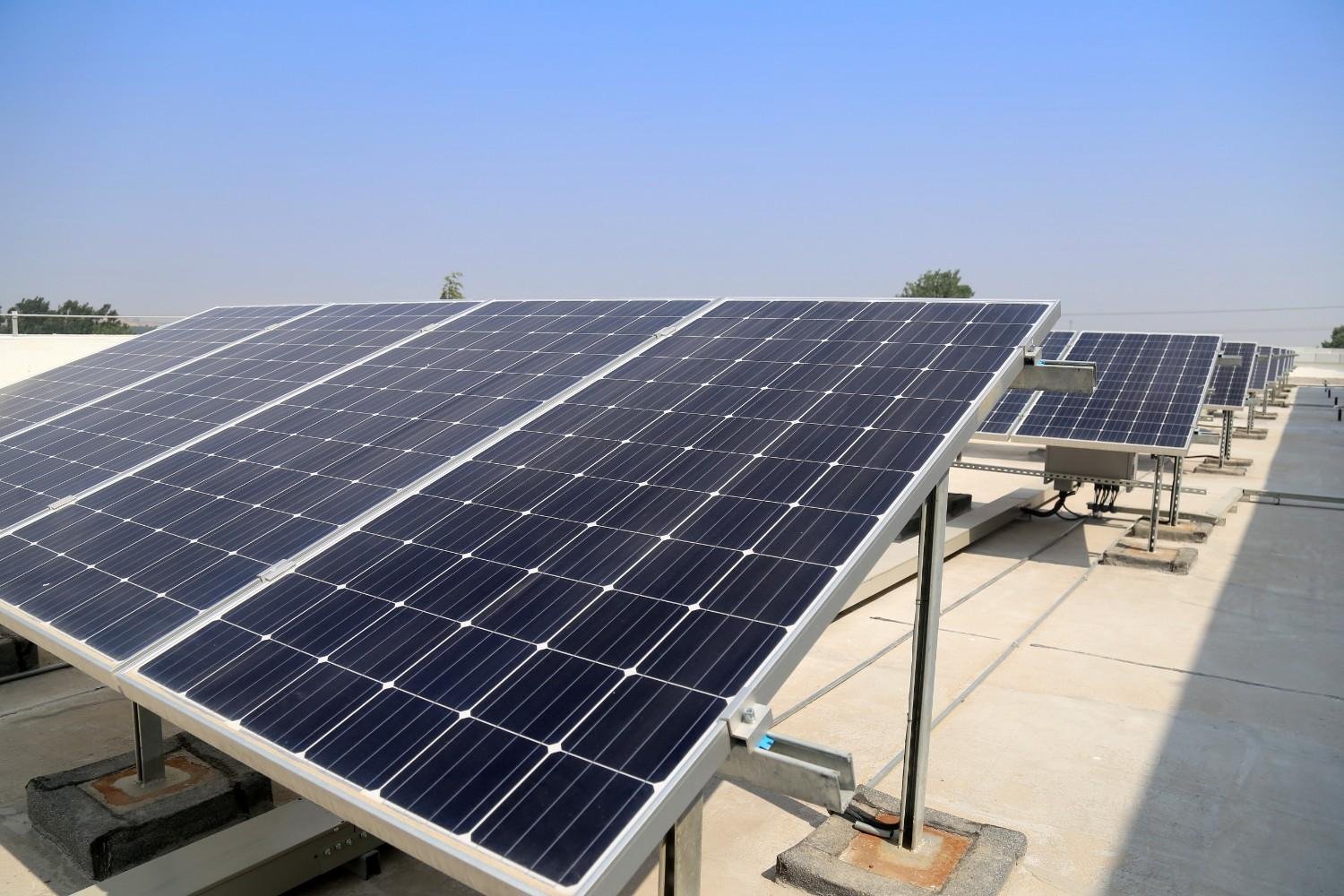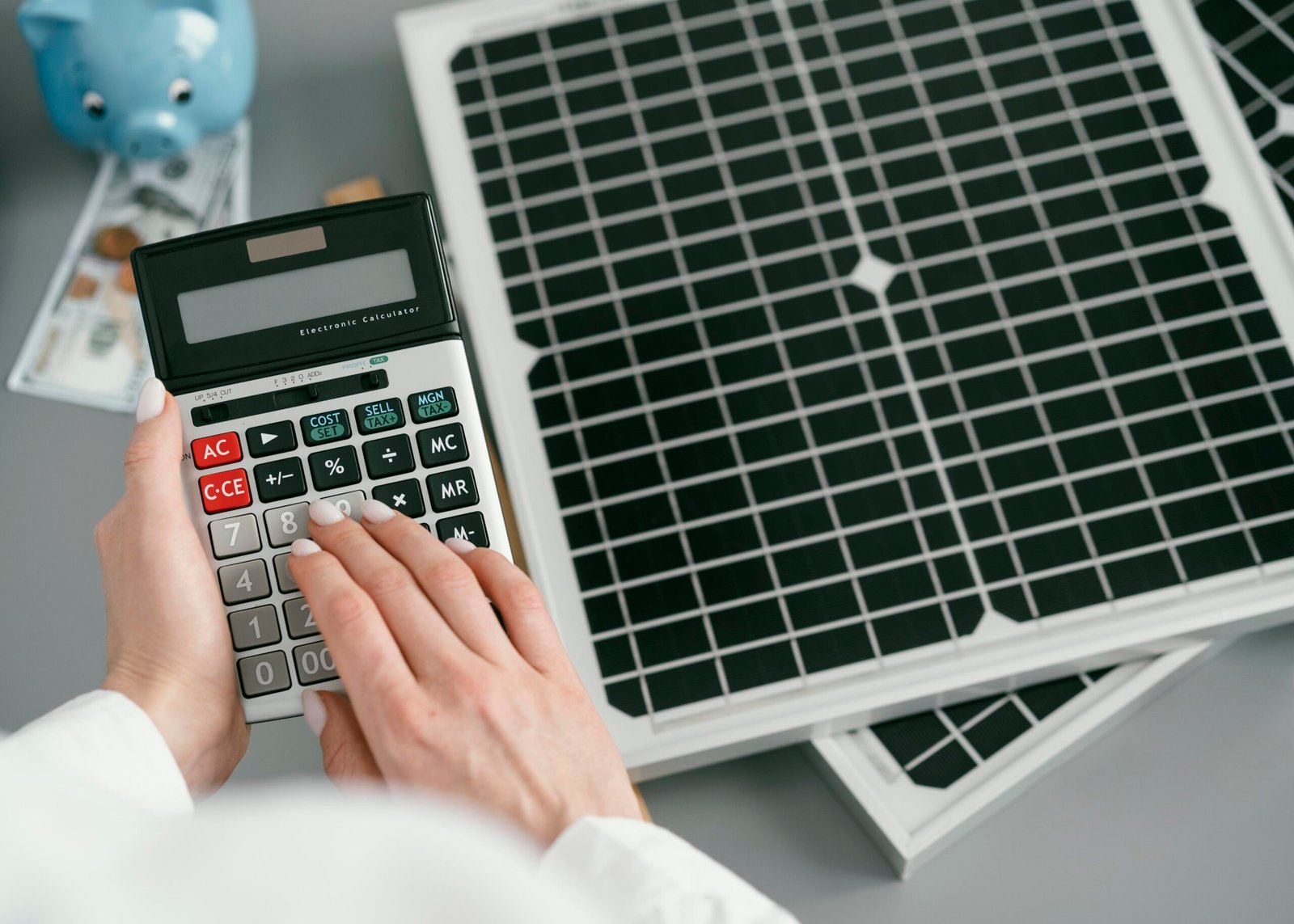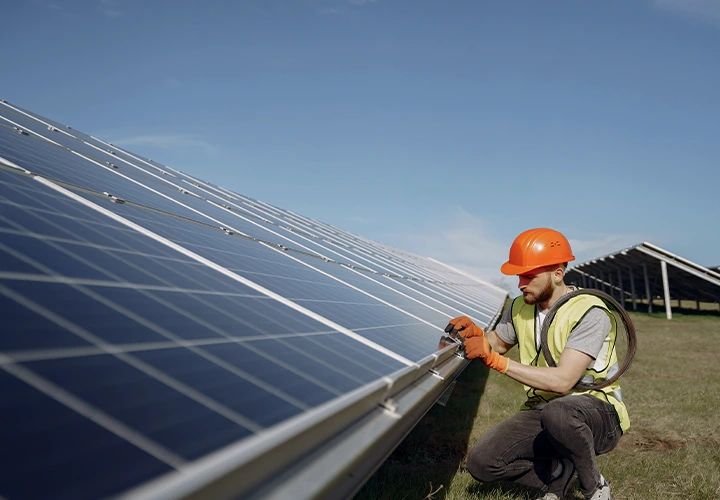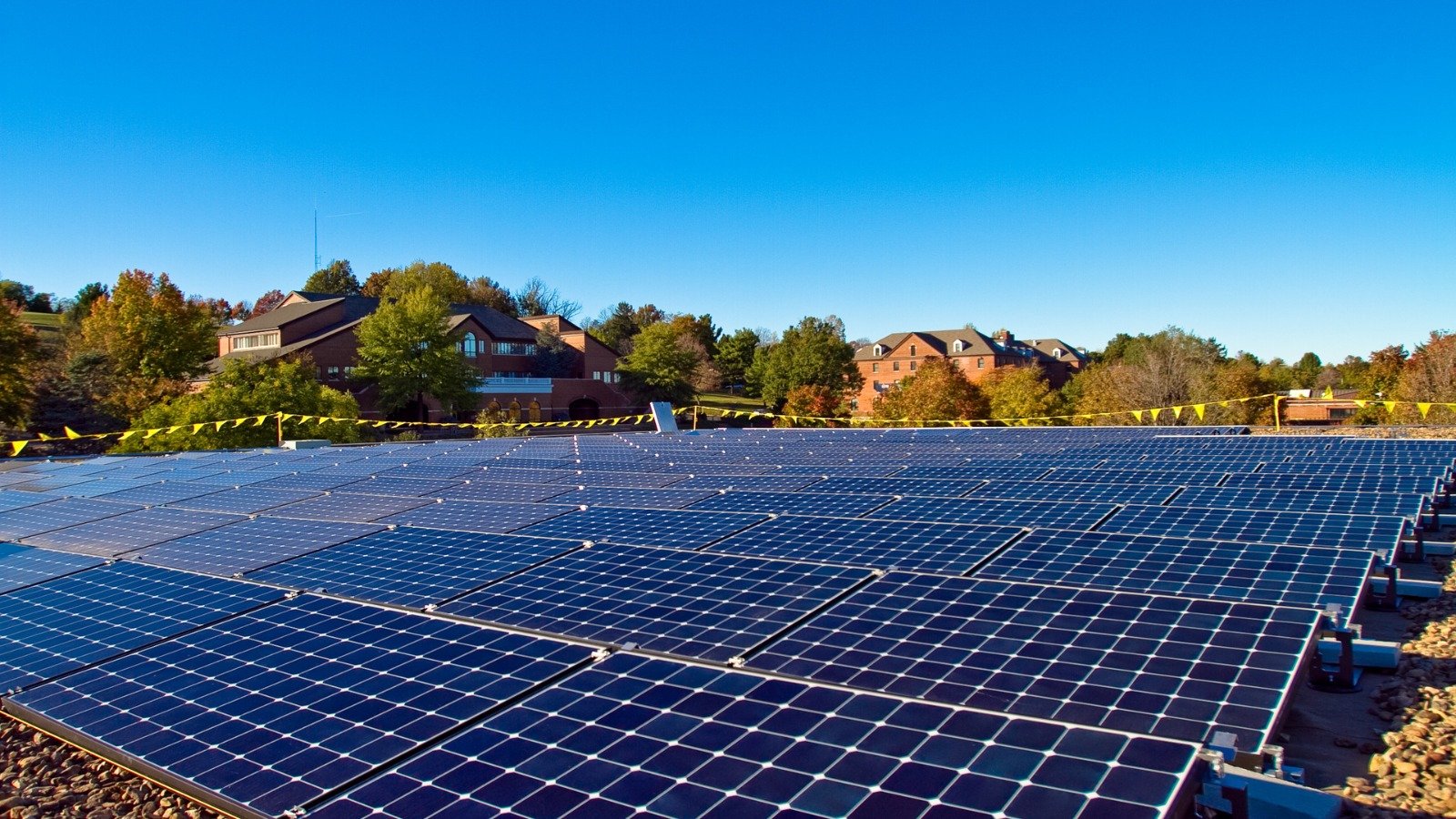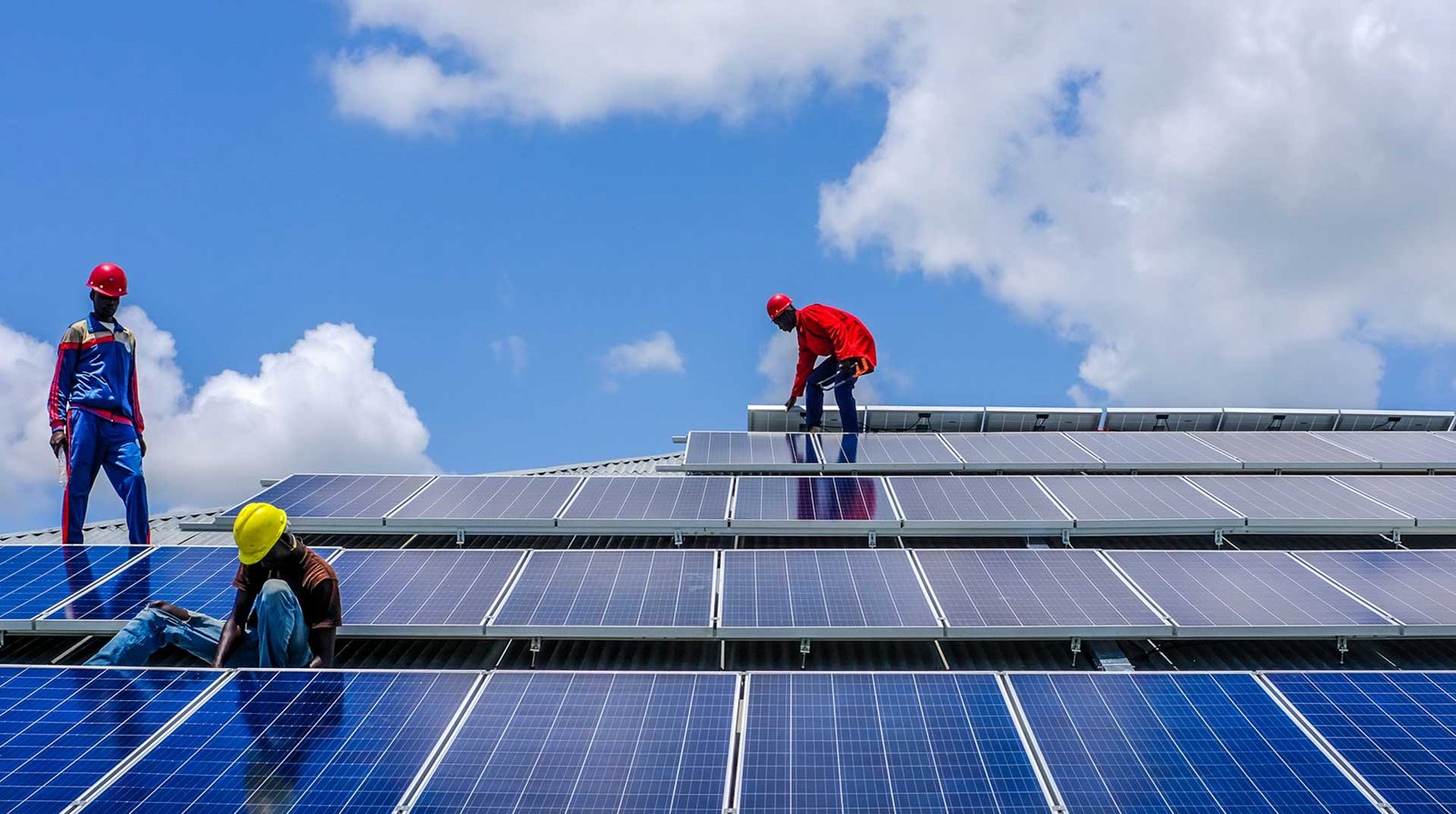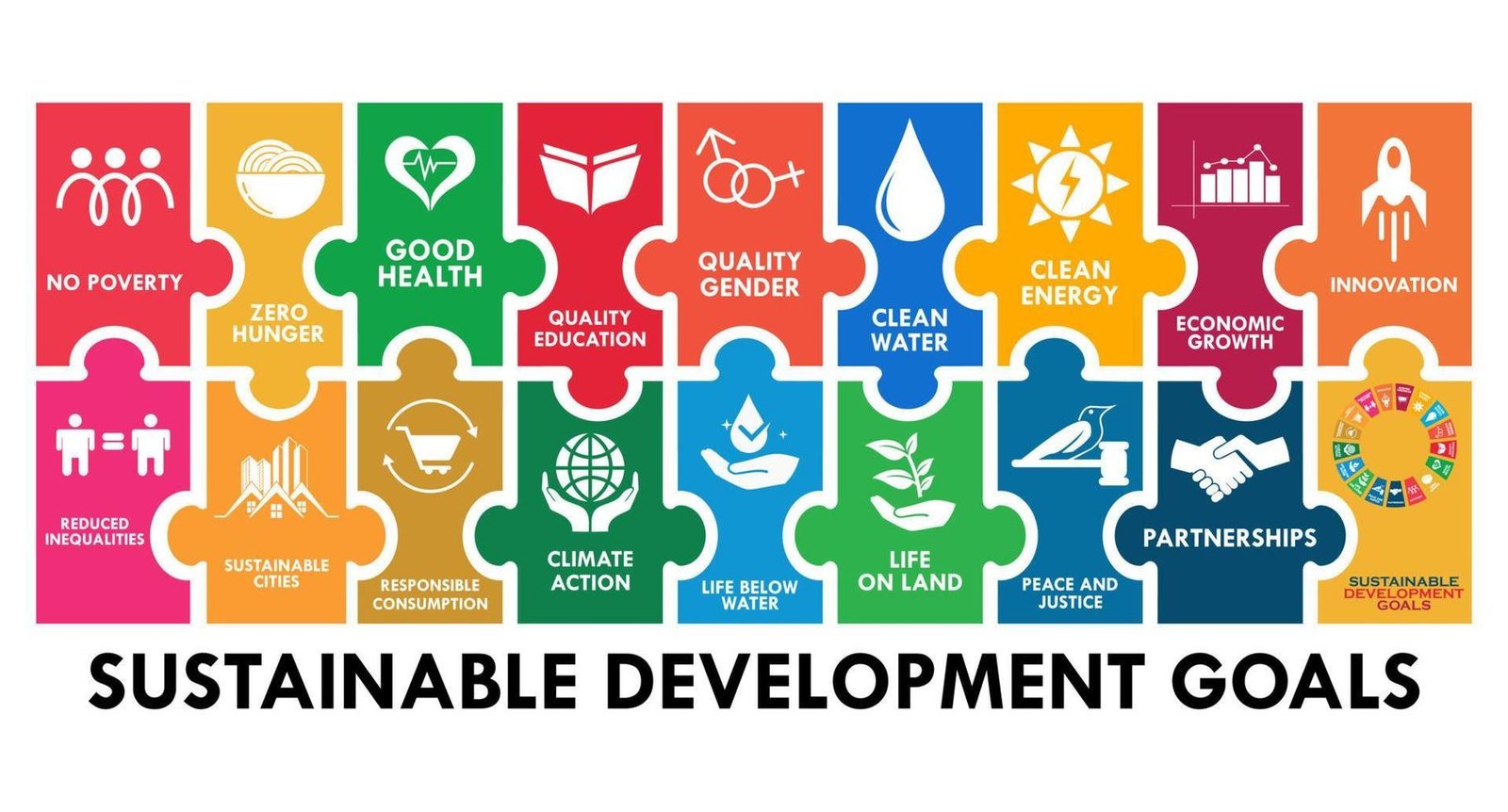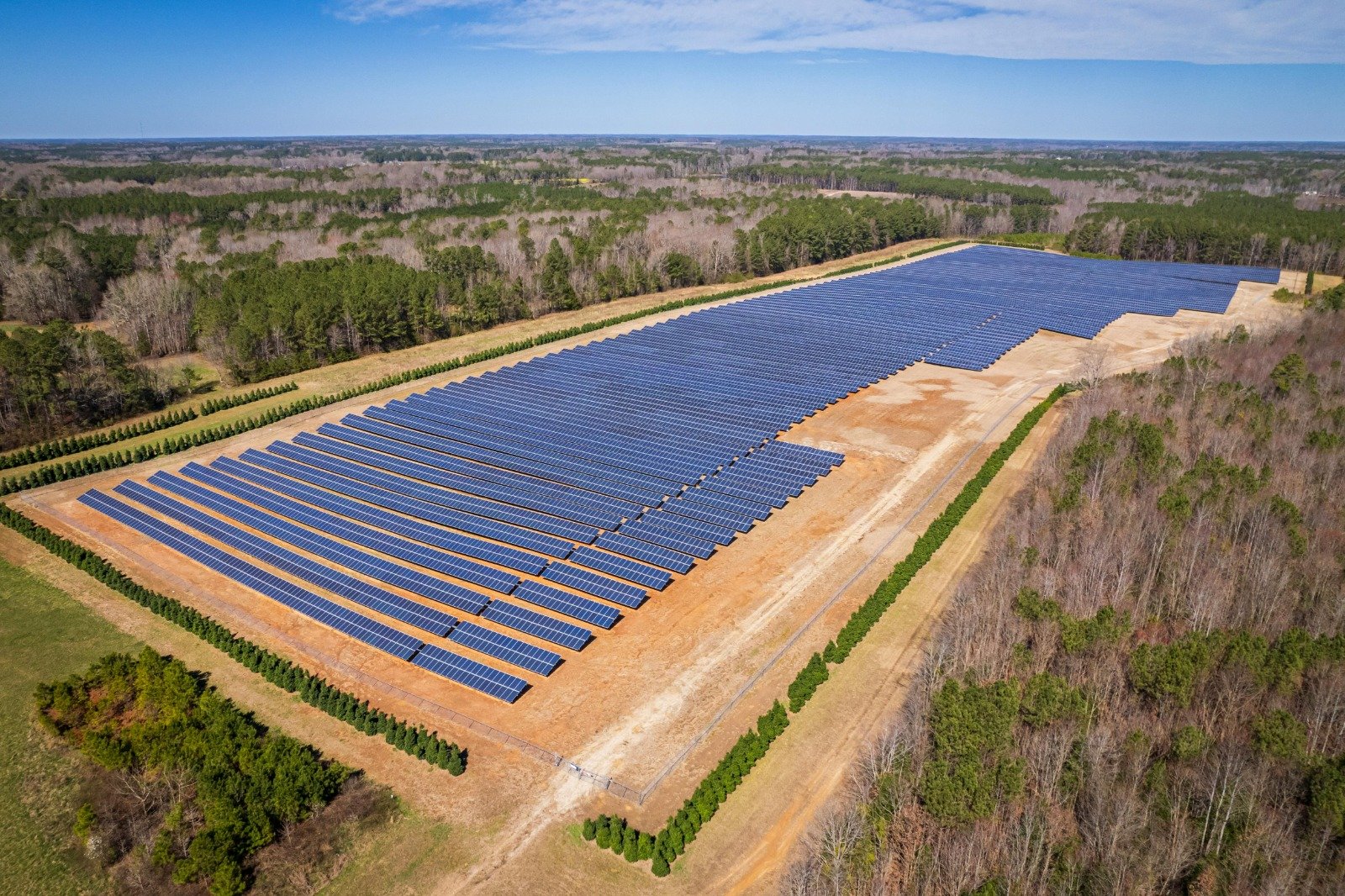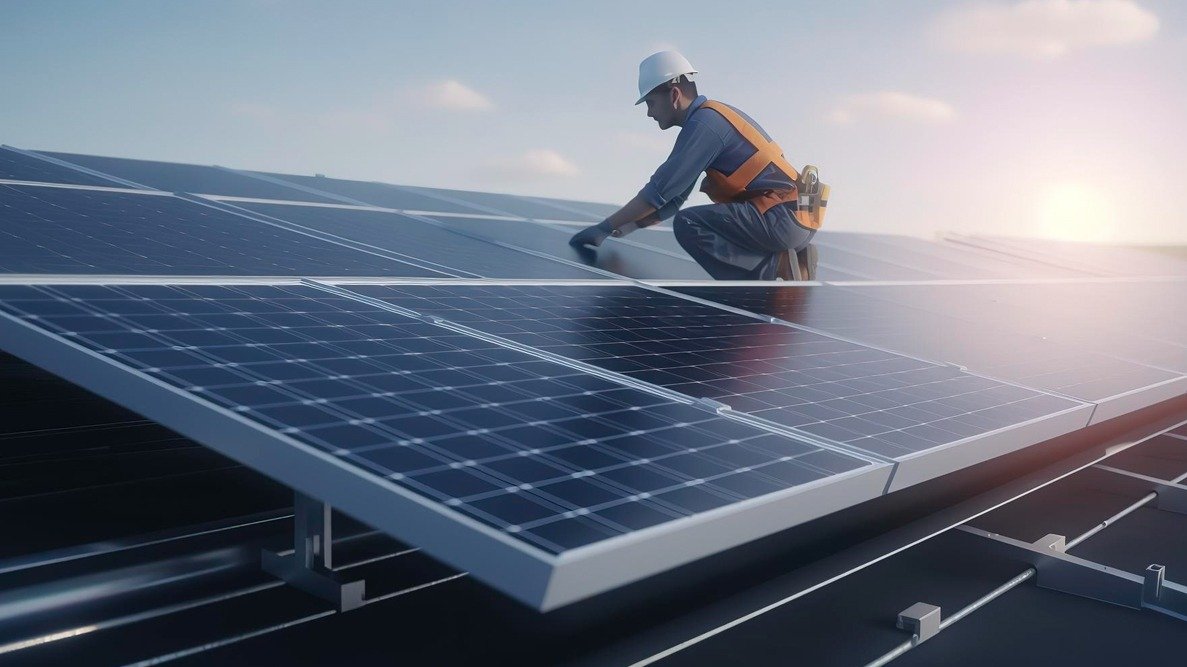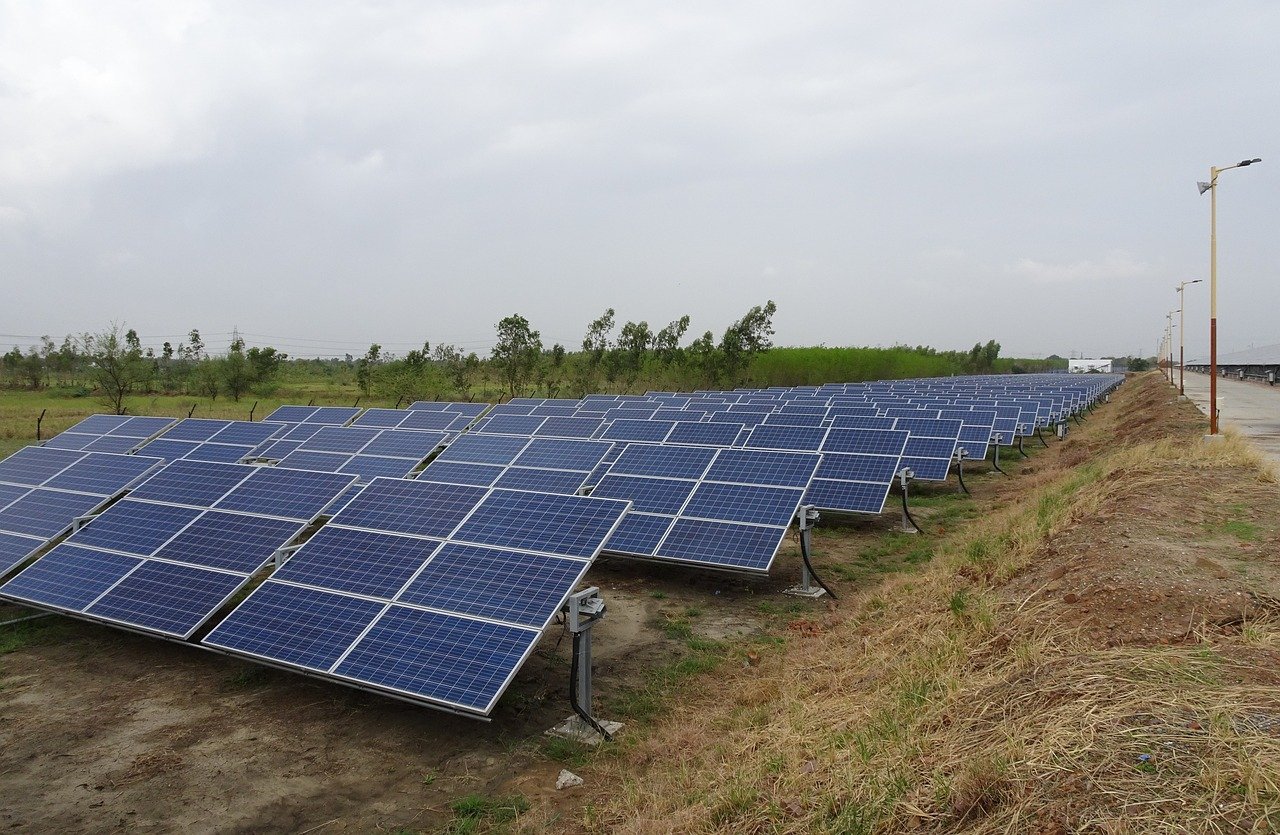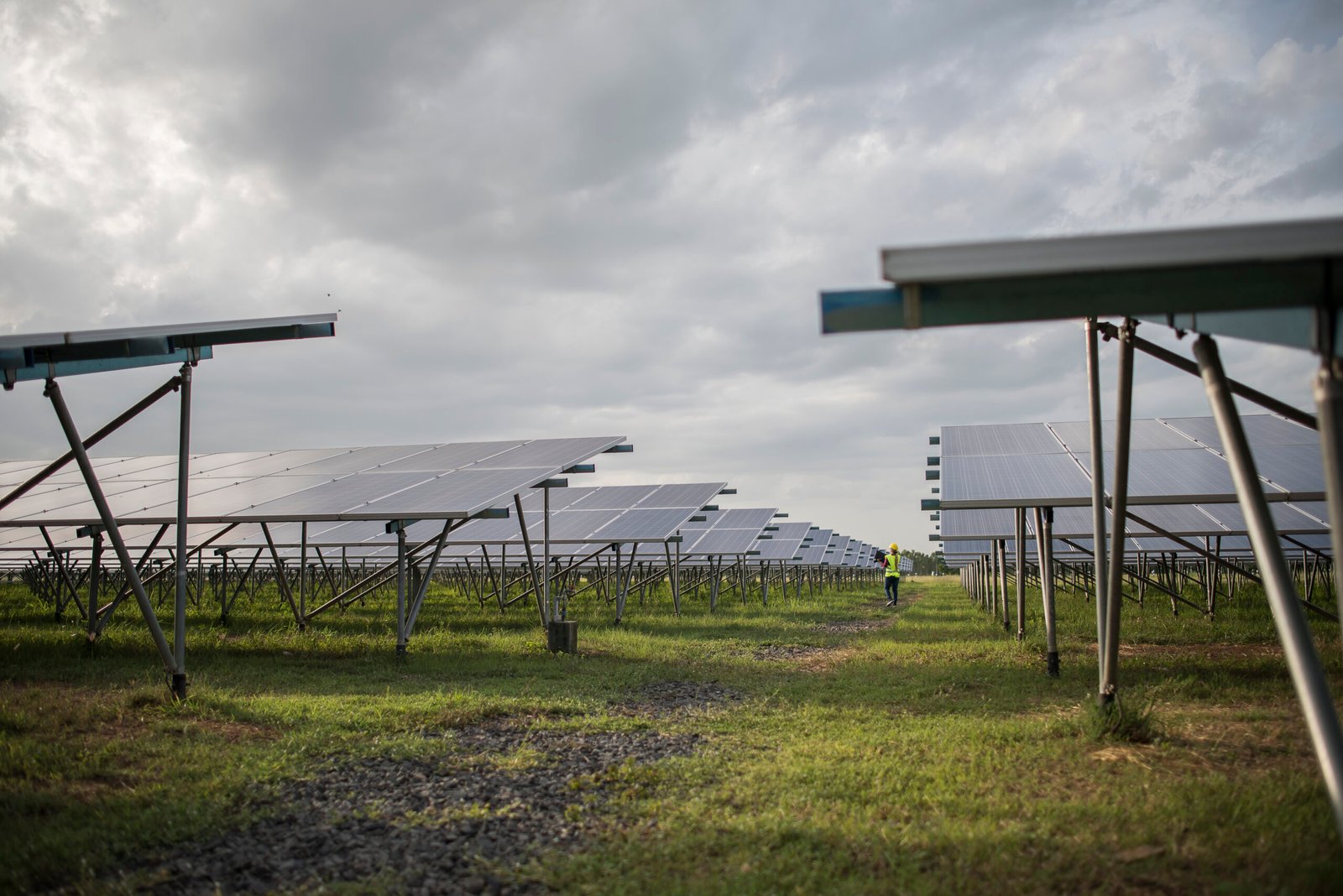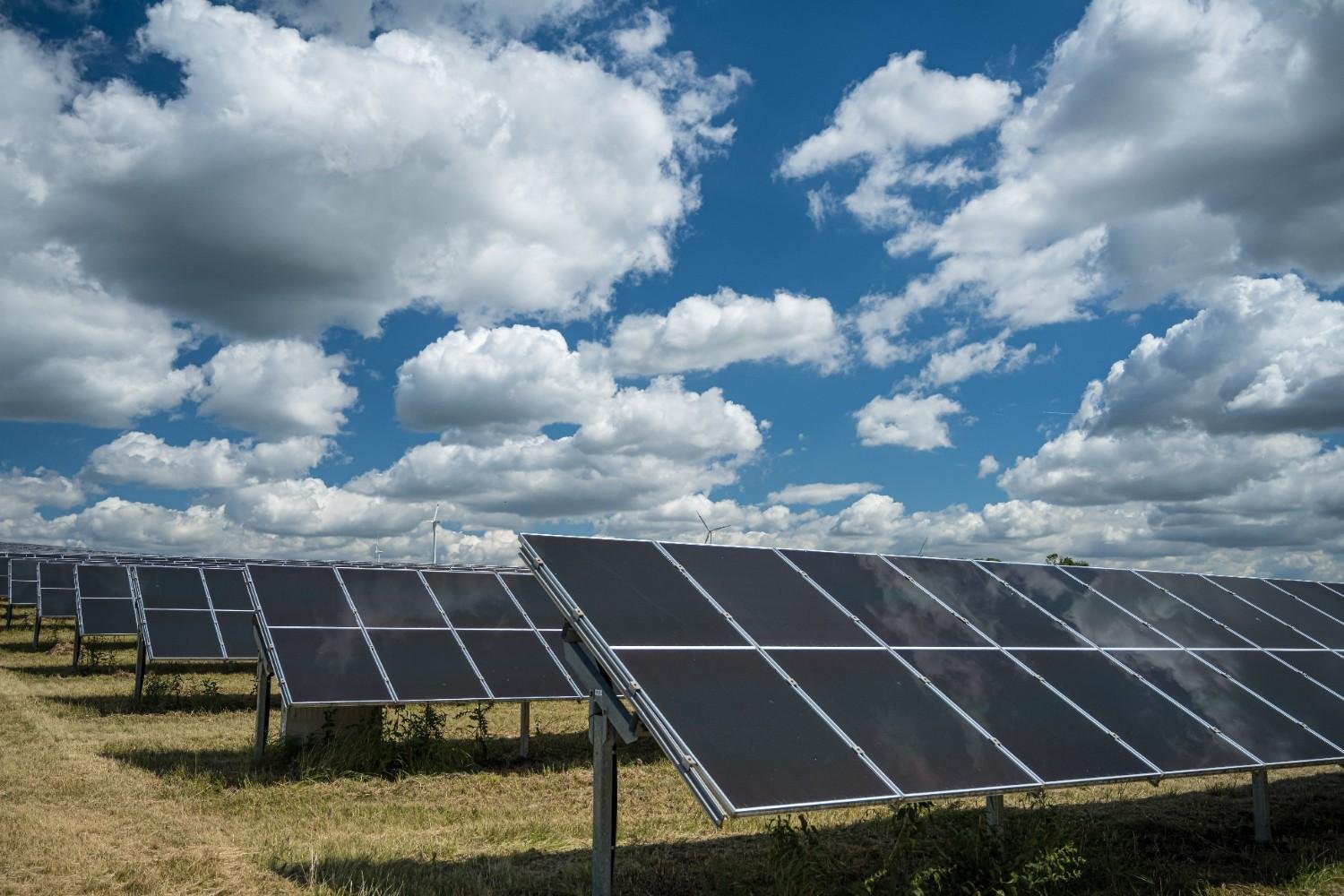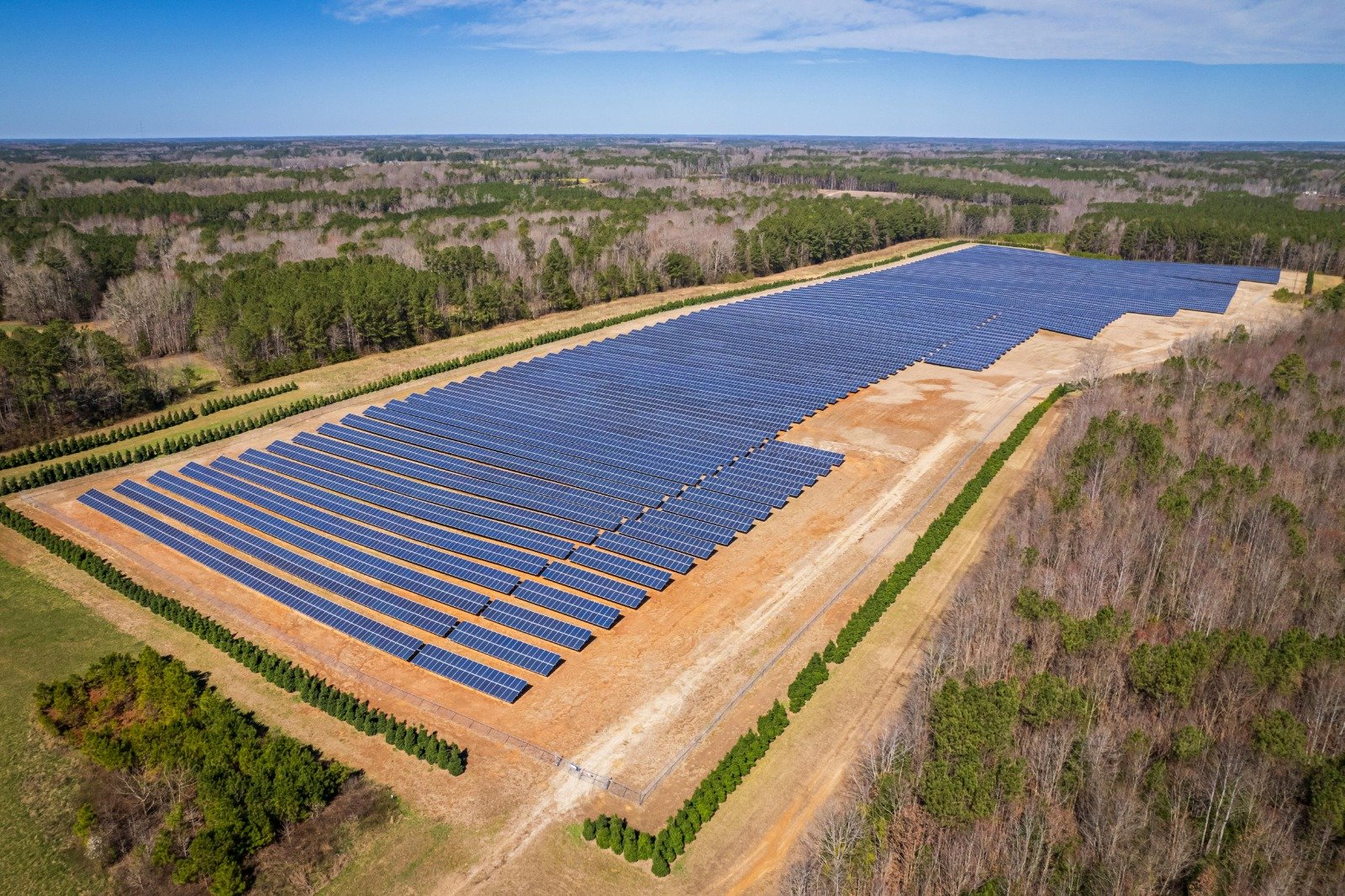In recent years, the UK has seen a significant rise in the adoption of renewable energy, particularly solar power. Solar photovoltaic (PV) panels are at the forefront of this transformation, offering an efficient way to harness the sun’s energy and convert it into electricity. Whether you’re a homeowner looking to reduce energy bills or a business seeking to improve sustainability, installing solar PV panels can be an excellent choice. This comprehensive guide will walk you through everything you need to know about finding and hiring the best solar PV panel installer in the UK.
Table of Contents
Why Solar PV Panels?
Solar PV panels are a proven technology that converts sunlight into electricity. Unlike solar thermal systems, which are used for heating water, PV panels generate electricity that can be used to power homes, offices, and even industrial sites. In the UK, with government incentives and the rising cost of electricity, many are turning to solar PV panel installers to save money and reduce their carbon footprint.
Key Benefits of Installing Solar PV Panels
- Lower Electricity Bills: By generating your own electricity, you can significantly reduce your reliance on the grid, resulting in lower energy bills.
- Government Incentives: The UK government offers various incentives, including the Smart Export Guarantee (SEG), which allows homeowners to sell excess electricity back to the grid.
- Environmentally Friendly: Solar energy is a renewable resource, helping to reduce greenhouse gas emissions and combat climate change.
- Increase Property Value: Homes and businesses equipped with solar PV panels often see an increase in property value.
- Low Maintenance: Once installed by a qualified solar PV panel installer, the system requires minimal maintenance and has a lifespan of over 25 years.
The Importance of Choosing the Right Solar PV Panel Installer in the UK
Selecting the right solar PV panel installer is crucial to the success of your project. A qualified and experienced installer will ensure that your system is designed and installed correctly, maximizing energy production and ensuring long-term efficiency. Here are key factors to consider when choosing a solar PV panel installer in the UK:
1. Accreditation and Certification
Always check that the solar PV panel installer is accredited by the Microgeneration Certification Scheme (MCS). The MCS certification guarantees that the installer follows the best practices for solar PV panel installation and that your system will be eligible for government incentives such as the SEG.
2. Experience and Track Record
Experience matters. Look for solar PV panel installers with a proven track record of successful installations in the UK. An experienced installer will be able to assess your property, recommend the best system for your needs, and handle any challenges that may arise during installation.
3. Customer Reviews and Testimonials
Customer reviews can provide valuable insight into a solar PV panel installer’s reputation. Check online reviews and ask the installer for testimonials from previous clients. A reliable installer will be happy to provide references.
4. Warranty and Aftercare Services
Ensure that the solar PV panel installer offers a comprehensive warranty for both the equipment and the installation work. Aftercare services are also important, as regular maintenance may be required to keep your system operating efficiently.
5. Assess the Quality of Equipment
The quality of the Solar PV panels and other equipment used is crucial for the efficiency and longevity of your system. Ask the installer about the brands and types of panels they use and ensure they are of high quality and backed by reliable warranties.
The Process of Installing Solar PV Panels in the UK
Once you have selected a qualified solar PV panel installer, the installation process typically follows these steps:
1. Site Assessment
The first step is a site assessment. The solar PV panel installer will visit your property to evaluate factors such as roof orientation, shading, and available space. They will also assess your current electrical system to ensure compatibility with the solar PV system.
2. System Design and Proposal
Based on the site assessment, the solar PV panel installer will design a customized solar PV system tailored to your energy needs. They will provide you with a proposal that includes the system’s specifications, estimated energy production, cost breakdown, and expected savings over time.
3. Obtaining Permissions
In some cases, planning permission may be required, especially if you live in a listed building or a conservation area. Your solar PV panel installer will advise you on whether planning permission is necessary and assist with the application process.
4. Installation
Once all the necessary approvals are in place, the installation can begin. For most residential systems, the solar PV panel installer will complete the installation within one to three days. The panels will be mounted on your roof or a ground-mounted structure, and the inverter, which converts the DC electricity generated by the panels into AC electricity for use in your home, will be installed.
5. System Commissioning
After the installation is complete, the solar PV panel installer will commission the system, ensuring that it is working properly and generating electricity as expected. You will also be provided with documentation, including a performance estimate and instructions on how to monitor your system’s output.

Why Soleos Solar is the Top Choice for Solar PV Panel Installation in the UK
At Soleos Solar, we are committed to delivering innovative and sustainable solar solutions across the globe. Our mission is to harness the power of the sun to create a cleaner, greener future for all. With a strong presence in key markets, we are dedicated to driving the global transition to renewable energy.
1. Industry Expertise
Soleos Solar has years of experience in the solar industry, making us a trusted name for Solar PV panel installation. Our team of experts is highly skilled and knowledgeable, ensuring that every installation meets the highest standards of quality and efficiency.
2. Accredited Professionals
We are proud to be accredited by leading industry bodies, including the Microgeneration Certification Scheme (MCS). This certification guarantees that our installations comply with stringent industry standards, giving you peace of mind and assurance of quality.
3. Outstanding Customer Service
Our commitment to customer satisfaction is reflected in the glowing reviews and testimonials from our clients. We work closely with you throughout the installation process, addressing any concerns and ensuring that your solar system meets your specific needs and preferences.
4. Comprehensive Warranties
At Soleos Solar, we stand behind our work with robust warranties on both our installations and the solar panels we use. This commitment to quality and reliability ensures that you can enjoy the benefits of solar power with confidence.
5. Competitive Pricing and Financing Options
We offer competitive pricing on all our Solar PV panel installations, with various financing options to suit different budgets. Our transparent pricing and flexible payment plans make it easier for you to invest in solar energy without breaking the bank.
Solar PV Panel Costs in the UK
The most popular solar panel system for households is 4kW, and costs between £5,000 and £8,000.
- Solar panel systems range from £1,500 to £8,000.
- A solar panel system for a four-person household costs between £6,000 and £8,000.
- Solar panels save you money through Feed-in Tariff payments and savings on your electricity bills.
- Solar panels aren’t expensive to install or maintain.
Size of solar panel system Number of panels (approx.) Cost
1kW 4 £1,500–£3,000
2kW 8 £3,000–£4,000
3kW 12 £4,000–£5,000
4kW 16 £5,000–£8,000
Factors Influencing the Cost
- System Size: The larger the solar system, the higher the initial cost. For an average household, a 5 kW system is common, but it varies depending on energy consumption.
- Type of Panels: There are several types of solar panels available on the market, including monocrystalline, polycrystalline, and thin-film panels. Each type has its unique advantages and price points. Monocrystalline panels, known for their high efficiency, are more expensive than polycrystalline panels. Thin-film panels, on the other hand, are relatively cheaper but have lower efficiency rates.
- Roof Type and Structure: The complexity of your roof structure can affect installation costs. Flat roofs or roofs with complex angles may increase labor and installation costs.
- Battery Storage: Some solar power systems include battery storage to store excess energy generated during the day. This stored energy can be used during periods of low sunlight or power outages.
Solar PV Panels and the UK Climate
One of the common misconceptions is that solar PV panels do not work well in the UK due to its relatively cloudy climate. However, solar PV panel installers in the UK know that PV panels only need daylight to generate electricity, not direct sunlight. In fact, Germany, which has a similar climate to the UK, is one of the world leaders in solar energy adoption.
While solar PV panels may not produce as much electricity in the winter months, they can still generate a significant amount of energy throughout the year, especially during the longer daylight hours in the summer.
Solar PV Panel Maintenance
Solar panels can become dirty from dirt, debris, dust, and other things. If the collection gets too large, it may begin to affect how much electricity the solar panels generate. Before you clean, make sure to turn off your solar power system. Using a hose to spray lukewarm water over solar panels usually works well for cleaning. Solar panels can be damaged and streaked by using soap and cleaning solutions, therefore avoid using them for panel cleaning.
Solar panels with more substantial deposits can be cleaned by misting them with tepid water from a garden hose and then wiping them off with a microfiber cloth that isn’t abrasive. Use a safety harness to prevent falls if you decide to clean them while standing on a roof. Exercise caution when cleaning from a ladder to avoid falls. The best option is to carefully clean solar panels from the ground using a telescopic pole and a microfiber cloth connected.
Common Maintenance Tasks
- Cleaning: Dust, dirt, and debris can reduce the efficiency of your panels. In the UK, rain usually helps keep panels clean, but occasional cleaning may be necessary, especially in areas with high pollution levels.
- Inverter Maintenance: The inverter is a crucial component of your system, and it may need to be replaced after 10-15 years. Your solar PV panel installer will advise you on this during the initial setup.
- Performance Monitoring: Regularly monitoring your system’s output will help you spot any issues early and ensure your panels are producing the expected amount of electricity.
- Inspections and Servicing: Professional inspections can identify and address complex issues that may not be apparent during routine maintenance.

Finding the Best Solar PV Panel Installer in the UK
To ensure a smooth and successful installation, it’s essential to find the right solar PV panel installer. Here are some tips on how to find the best installer for your project:
1. Get Multiple Quotes
It’s always a good idea to get quotes from at least three different solar PV panel installers. This will give you a better understanding of the costs and services offered, allowing you to make an informed decision.
2. Check for Certifications
Ensure that the solar PV panel installer is MCS-certified and a member of the Renewable Energy Consumer Code (RECC). These certifications demonstrate that the installer adheres to high standards of quality and customer service.
3. Ask for a Detailed Proposal
A reputable solar PV panel installer will provide a detailed proposal outlining the system design, estimated energy production, installation costs, and potential savings.
Conclusion: The Future of Solar PV in the UK
Solar PV panels are an excellent investment for both homeowners and businesses in the UK. With government incentives, decreasing costs, and the growing emphasis on sustainability, now is a great time to consider installing solar PV panels. By choosing the right solar PV panel installer in the UK, you can ensure that your system is designed and installed for maximum efficiency, helping you save money and reduce your carbon footprint for years to come.
Ready to Harness the Power of Solar Energy?
Don’t wait any longer to make the switch to clean, renewable energy! Whether you’re looking to reduce your electricity bills or boost your property’s value, finding the right solar PV panel installer is the first step. At Soleos Solar, we specialize in providing tailored solar solutions for homes and businesses across the UK.
Contact us today for a free consultation and personalized quote – let’s build a sustainable future together!
